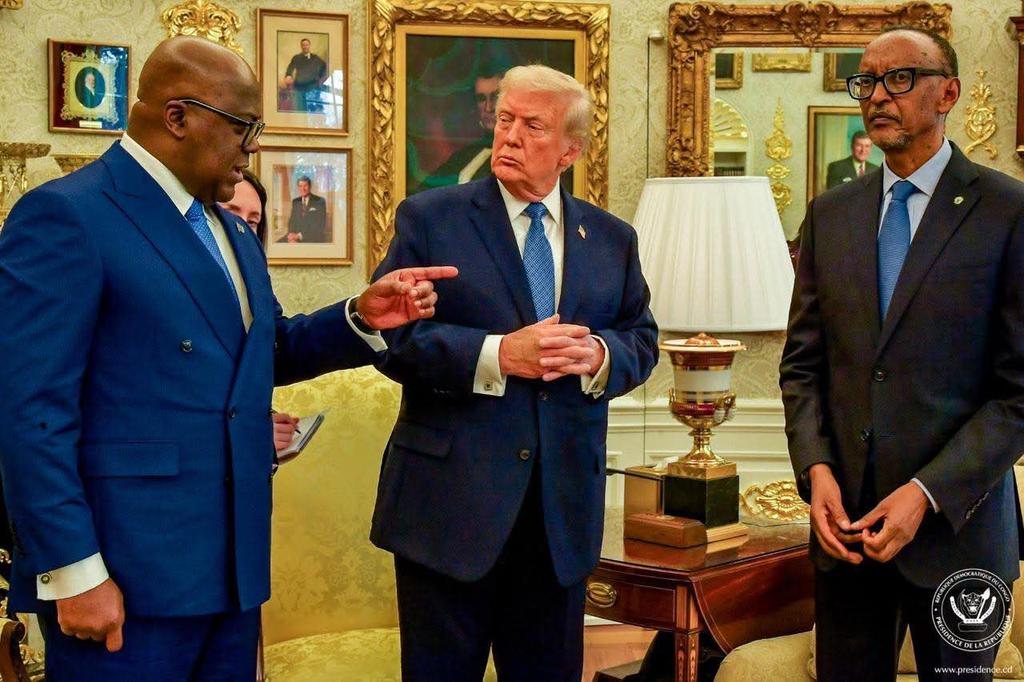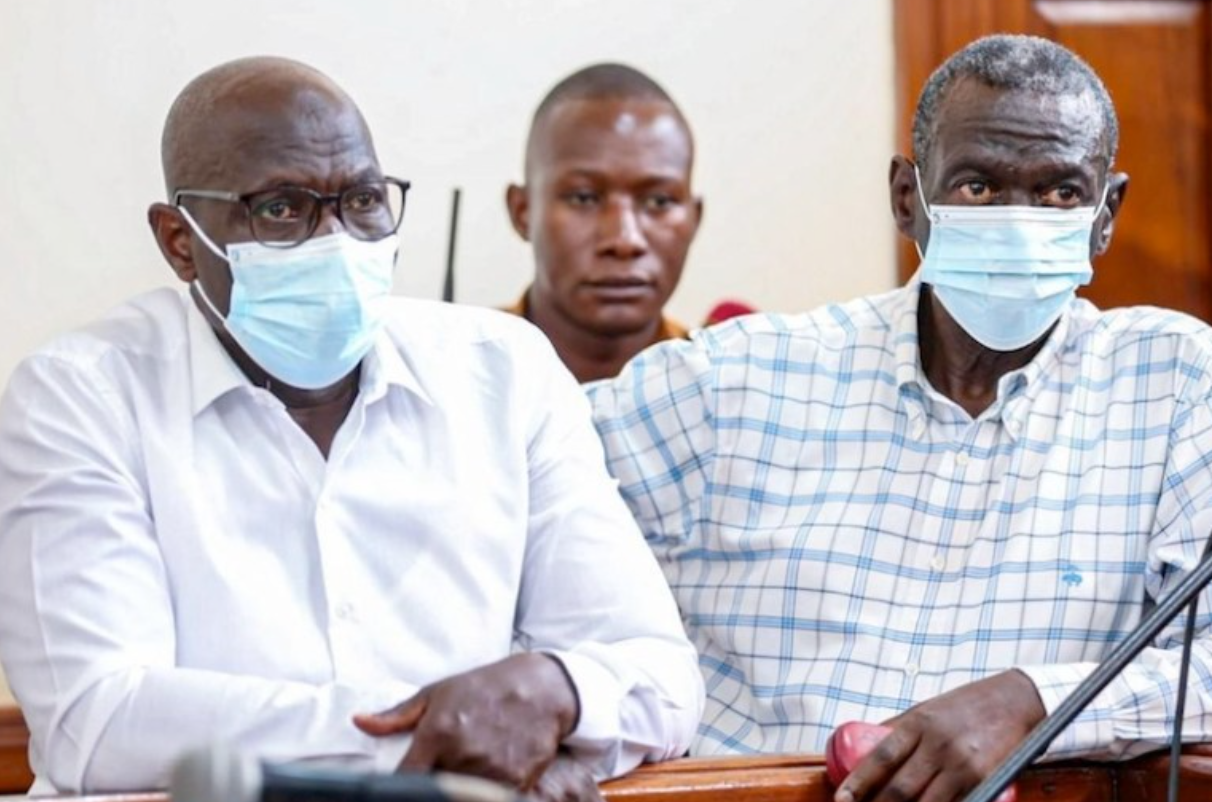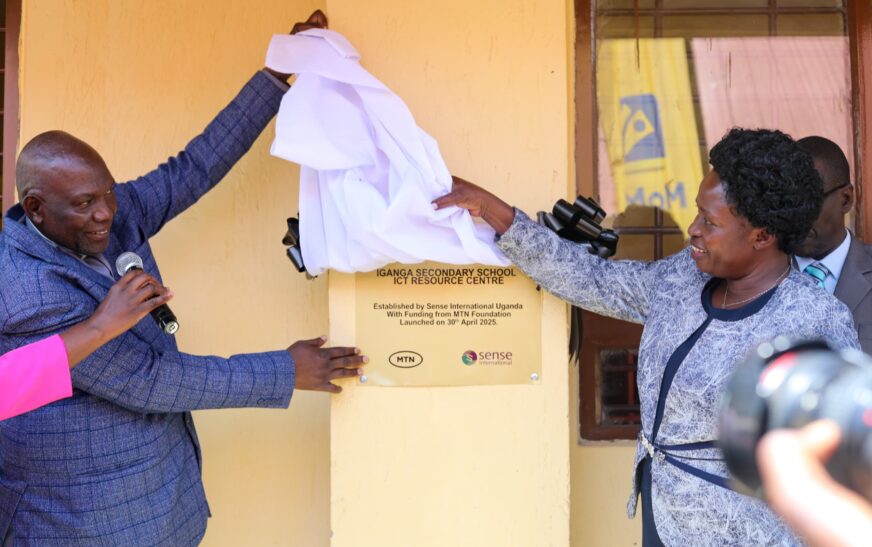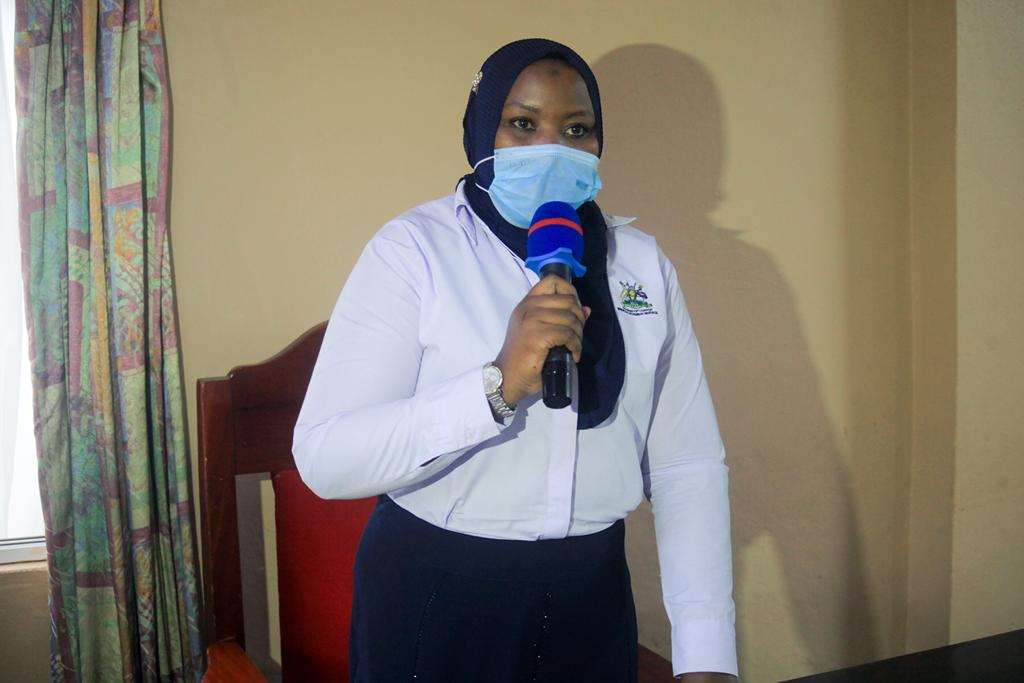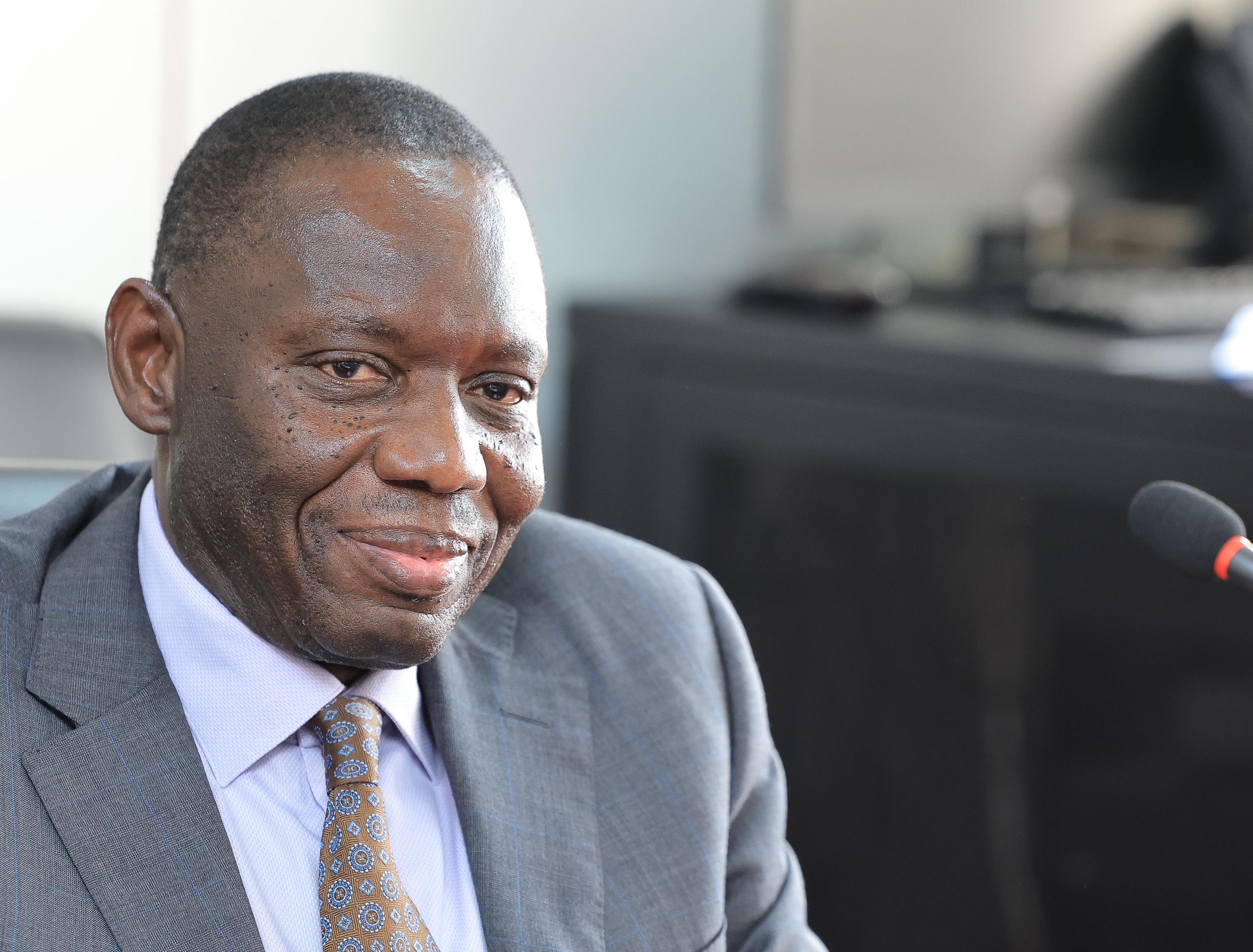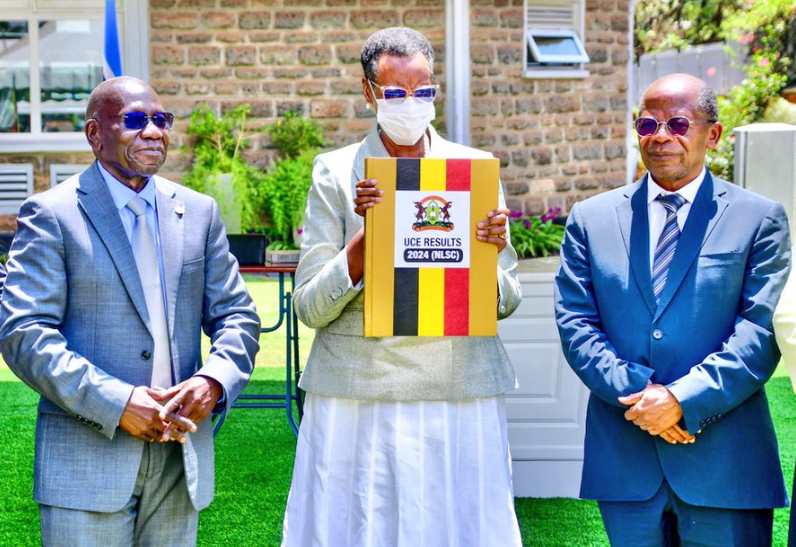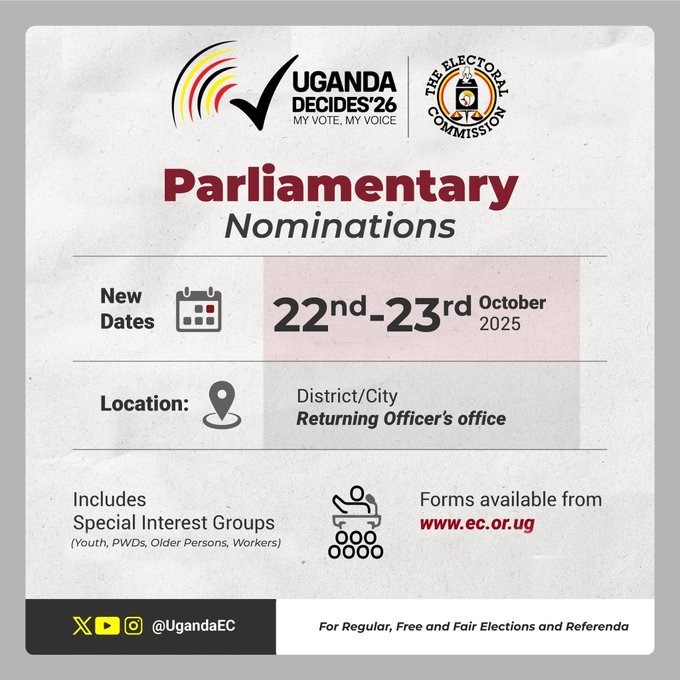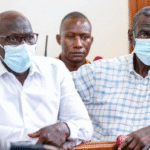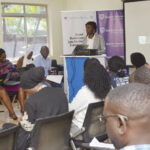Light the World, an organization committed to improving eye health systems and advocating for people with disabilities, has called for increased funding to support the recruitment of ophthalmic officers at regional referral hospitals.
This call to action comes in response to ongoing challenges in delivering adequate eye care services, particularly in rural areas, where cataracts and refractive errors remain leading causes of blindness and visual impairment.
Dr. Alex Wasomoka, Assistant Commissioner for Eye Health at the Ministry of Health, noted persistent gaps in staffing. “We still face challenges in filling certain positions, especially at Health Center IV level. In some cases, there are no ophthalmic officers. Even some regional referral hospitals are operating without ophthalmologists—about four of them at the moment,” he said.
He attributed this shortfall to limited financial resources. “Our national budget cannot accommodate everything. However, I’m confident that the Government of Uganda is working towards filling these positions over time,” he added.
“We’re still waiting for the Ministry of Finance to allocate the necessary funds. Once available, we’ll proceed with recruitment. In fact, the Ministry of Health has already taken steps to expand the workforce by creating new positions across different levels to boost the human resource for health,” Dr. Wasomoka explained.
Sylvester Kasozi from Light the World Uganda emphasized the broader significance of eye health. “It’s a gateway to inclusion. Good eyesight enables people to participate fully in society and access economic opportunities—especially for adults. For children, poor vision can hinder their education, which in turn limits future prospects,” he said.
He added that during field visits, children with eye problems are often found in households where the parents also have visual impairments. “We don’t specifically target adults because we believe early intervention is more effective. Addressing eye problems in children can have long-term benefits,” he said.
Erias also highlighted funding limitations: “About two years ago, eye health received only one percent of the Ministry of Health’s total budget. That barely covered salaries, not infrastructure or equipment. This is where development partners have stepped in—but they can’t do everything. The government needs to commit more.”
“With proper statistics, we can make a stronger case for increased funding. But when research is scattered and doesn’t integrate into the health system, it’s harder to influence policy.” he said.




